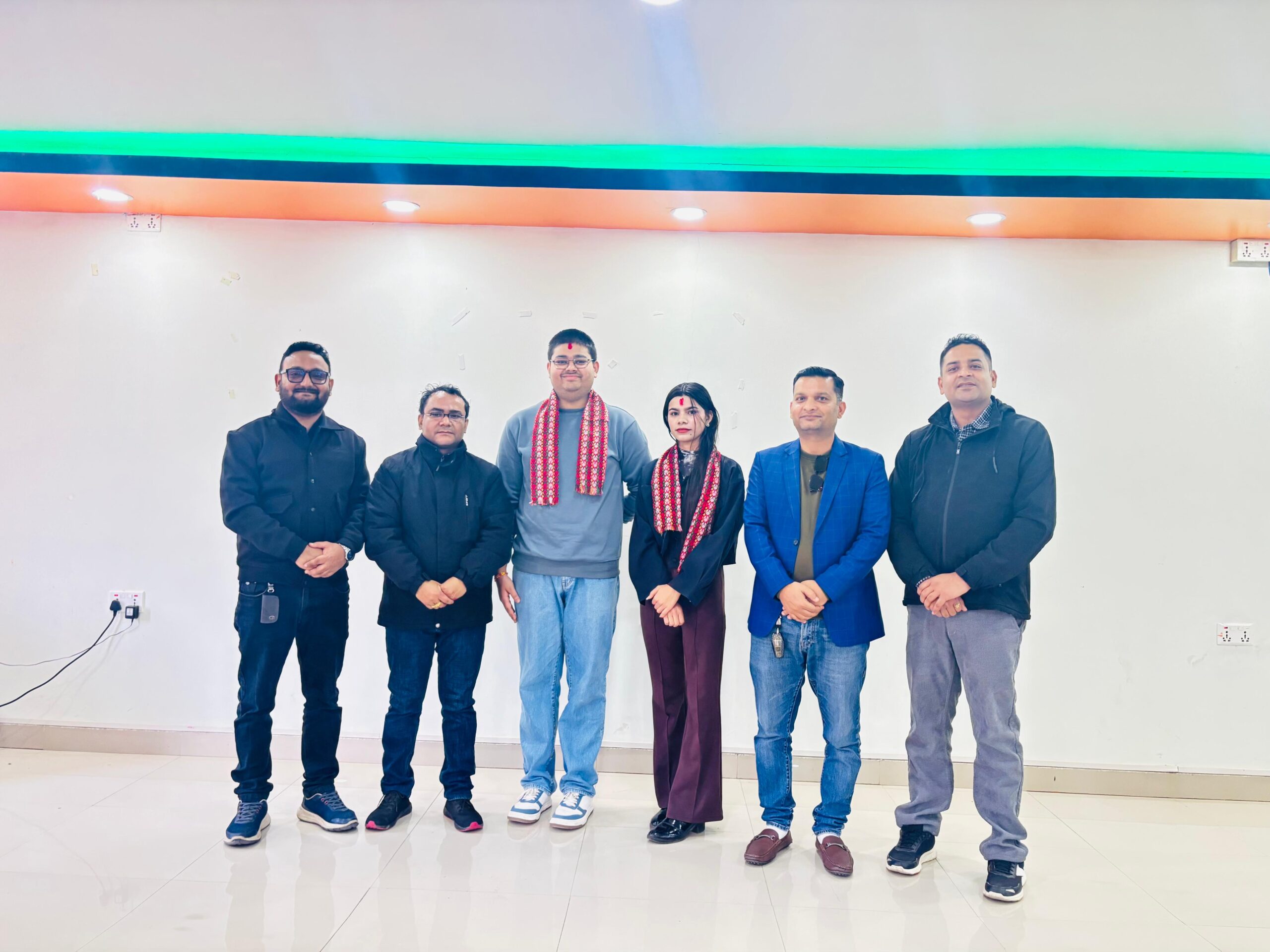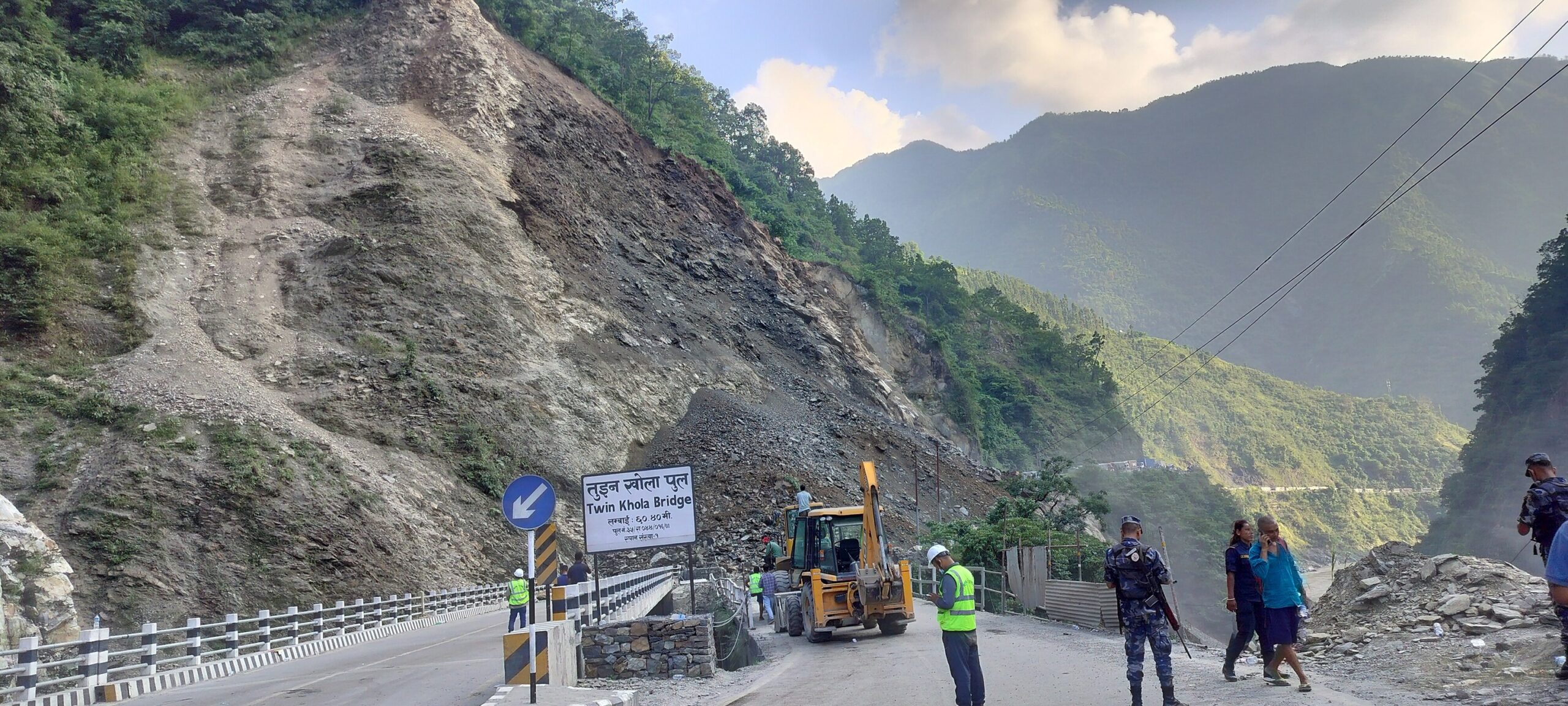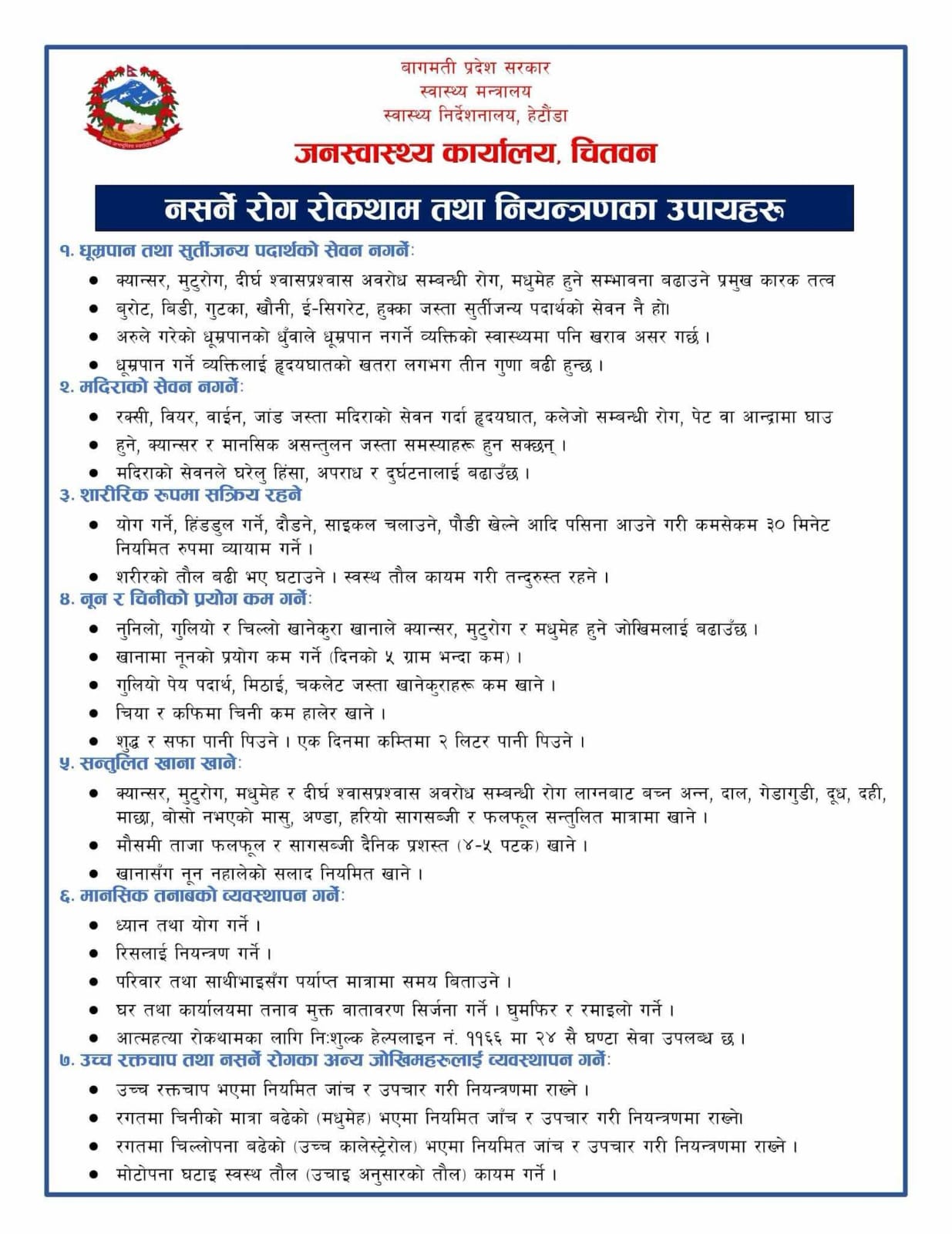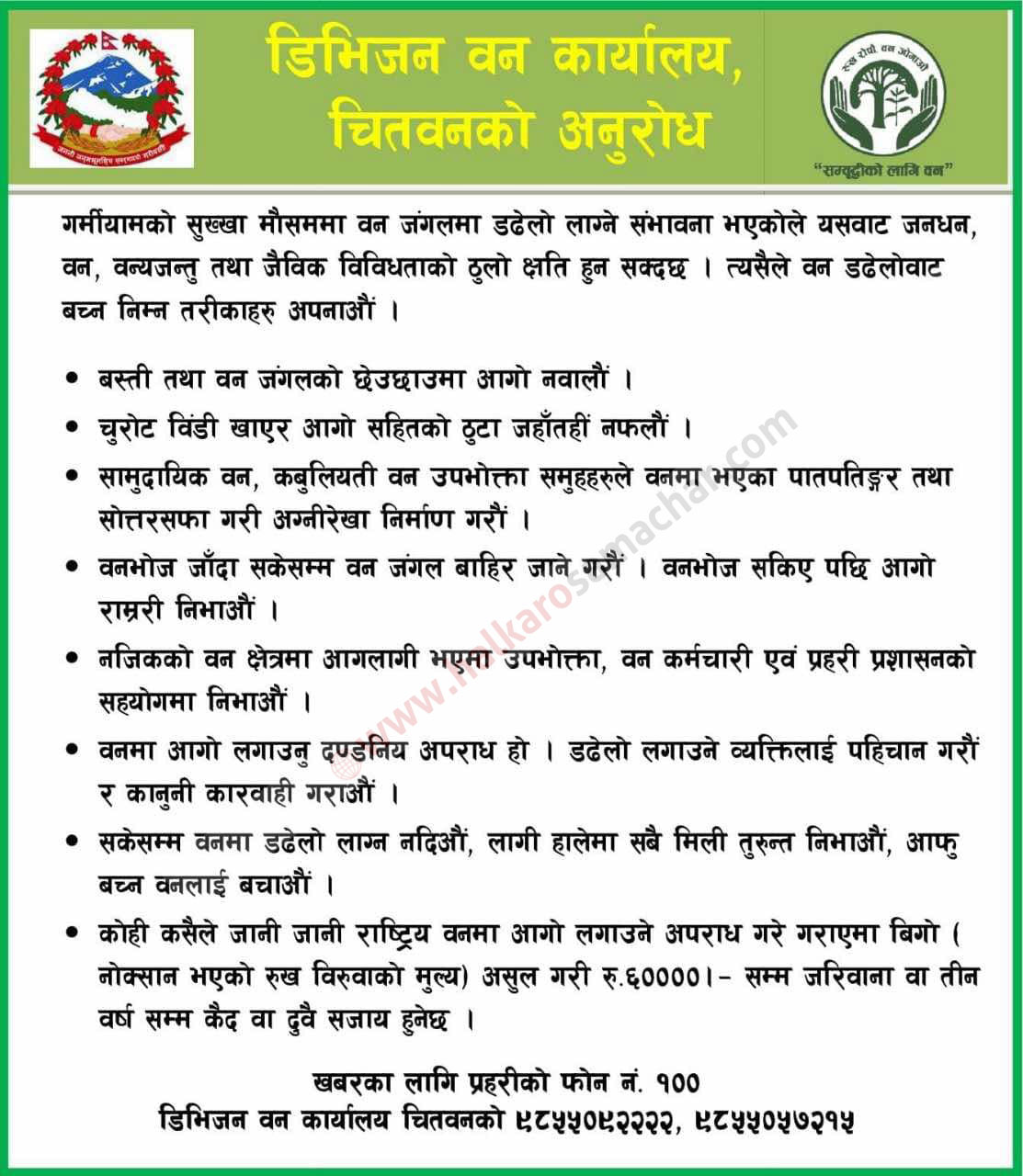The varied topography and climatic conditions of Nepal host an astounding level of agrobiodiversity. Besides underpinning national agriculture, this biodiversity indirectly supports livelihoods and further improves food security. However, rapid urbanization, climate change, and unsustainable agricultural practices now pose significant threats to this valuable resource. Thus, against these, innovative tools and techniques are rising to become vital instruments in the conservation of agrobiodiversity in Nepal
Agrobiodiversity: Important Issues
Agrobiodiversity involves the genetic resource base of cultivated crops, domesticated animals, and associated ecosystems. In essence, in Nepal, agrobiodiversity forms the backbone of food security by way of resilience in adaptation to climate change, maintenance of traditional farming, and ways of life. Its loss increases vulnerability to pests, diseases, and unfavorable climate conditions that deter agricultural productivity.
Challenges Facing Agrobiodiversity
Despite its importance, Nepal’s agrobiodiversity is threatened on several fronts:
1. Urbanization and Land Use Change: These city limits expand by converting agricultural land into developmental use, with loss of habitats and lessening the traditional cultivars of crops.
2. Climate Change: Shifts in seasonal weather patterns, temperature rise, and erratic rainfall volatility have tilted crop yields and the very viability of traditional farming methods.
3. Monoculture Practices: The shift to monoculture systems in response to market demands has resulted in loss of genetic diversity, which makes crops more vulnerable to pests and diseases.
4. Limited Access to Knowledge and Resources: Most farmers, particularly those living in remote areas, have no or little access to the latest information, techniques, and technologies in helping conserve agrobiodiversity.
Innovative Tools and Techniques
In response to these challenges, several innovative tools and techniques are being adopted across Nepal to promote agrobiodiversity conservation:
1. Participatory Plant Breeding: This is a method through which farmers are involved in the selection of crop varieties for their specific conditions. TK of farmers combined with the scientific approach will contribute to enhancing resilience against climate change.
2. Agroecological Practices: Emphasizes the use of natural inputs and ecological principles; in agroecology, biodiversity is promoted by diversifying the crop systems, improving soil health, and allowing coexistence among plant species. The techniques that are on the increase include intercropping, crop rotation, and organic farming.
3. Community Seed Banks: It is important to set up community seed banks for farmers to conserve and distribute traditional seed varieties, which are a source of sustainability for genetic diversity. This acts as a repository of local knowledge and seed exchange, building community resilience.
4. Digital Technology: Through mobile applications and online platforms, critical information is passed on best practices, market prices, and forecasts of the climate. This technology bridges the gaps that exist between farmers and agricultural experts and, consequently, empowers communities to make informed decisions about their agriculture.
5. Policy Frameworks and Incentives: While the Nepalese government is becoming increasingly aware of the importance of conservation in relation to agrobiodiversity, supportive policy frameworks are needed for sustainable agriculture, financial incentives toward biodiversity-friendly practices, and encouragement of research into this area if there is any hope of long-term success.
Opportunities Ahead
Opportunities are aplenty along this road to the conservation of Nepal’s agrobiodiversity. Innovative tools and techniques will help farmers enhance their resilience while improving food security and maintaining their cultural heritage. Scaling these initiatives requires greater collaboration among government agencies, NGOs, and local communities.
Besides, it can be encouraged through raising awareness among consumers about the importance of agrobiodiversity, which would eventually create demand for a variety of food products that would encourage farmers to keep a wide range of crops. The educational programs will also prepare the future generations of farmers with proper values and practices concerning the conservation of agrobiodiversity.
Conclusion
In the dynamically changing agricultural perspective of Nepal, agrobiodiversity conservation should be of prime importance. Traditional and innovative uses of tools and techniques present a promising pathway for addressing farmers’ challenges and ensure that Nepal’s agricultural heritage is conserved into a secured, resilient, and diverse future, keeping in view environmental and community interests.






























